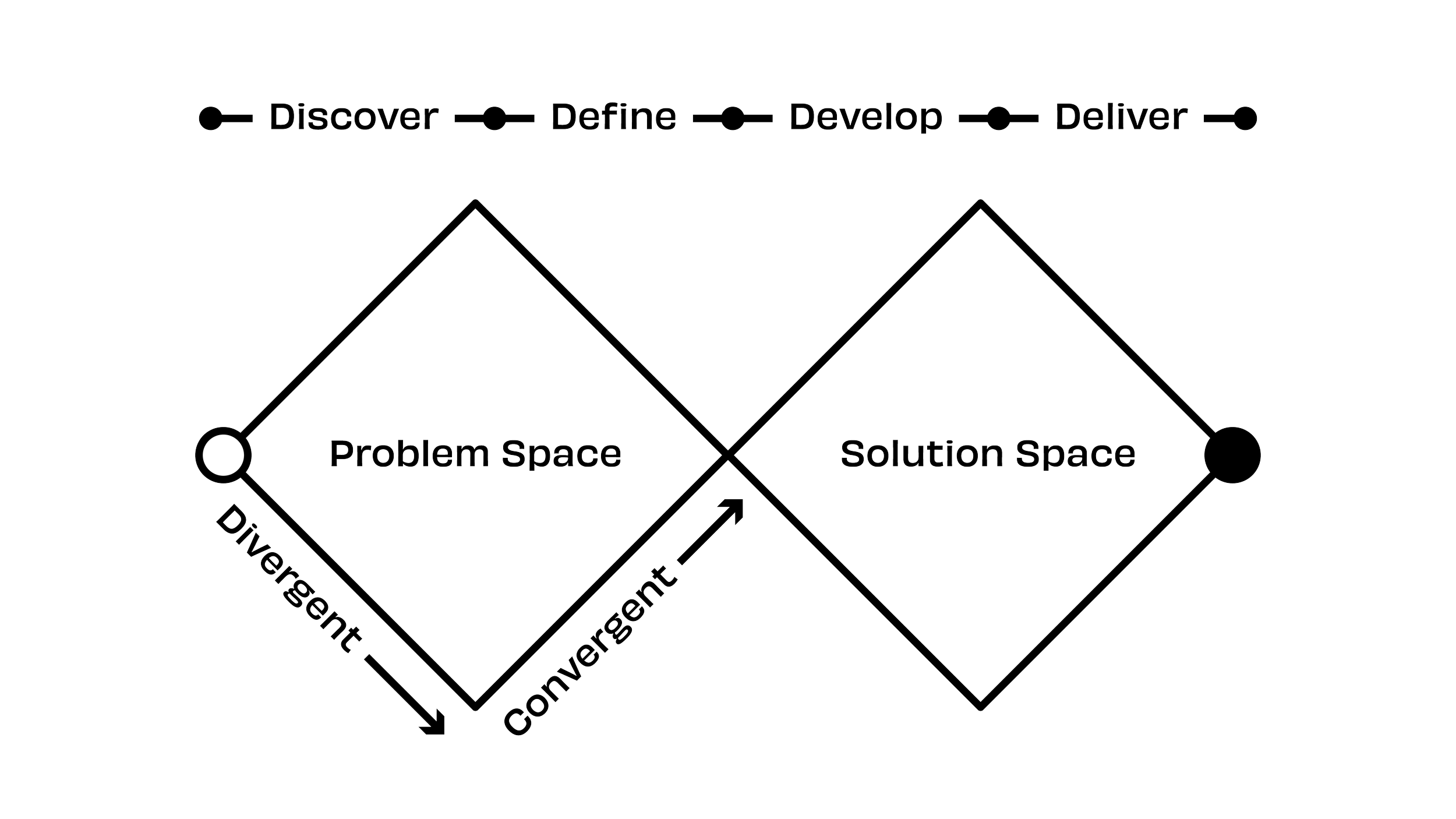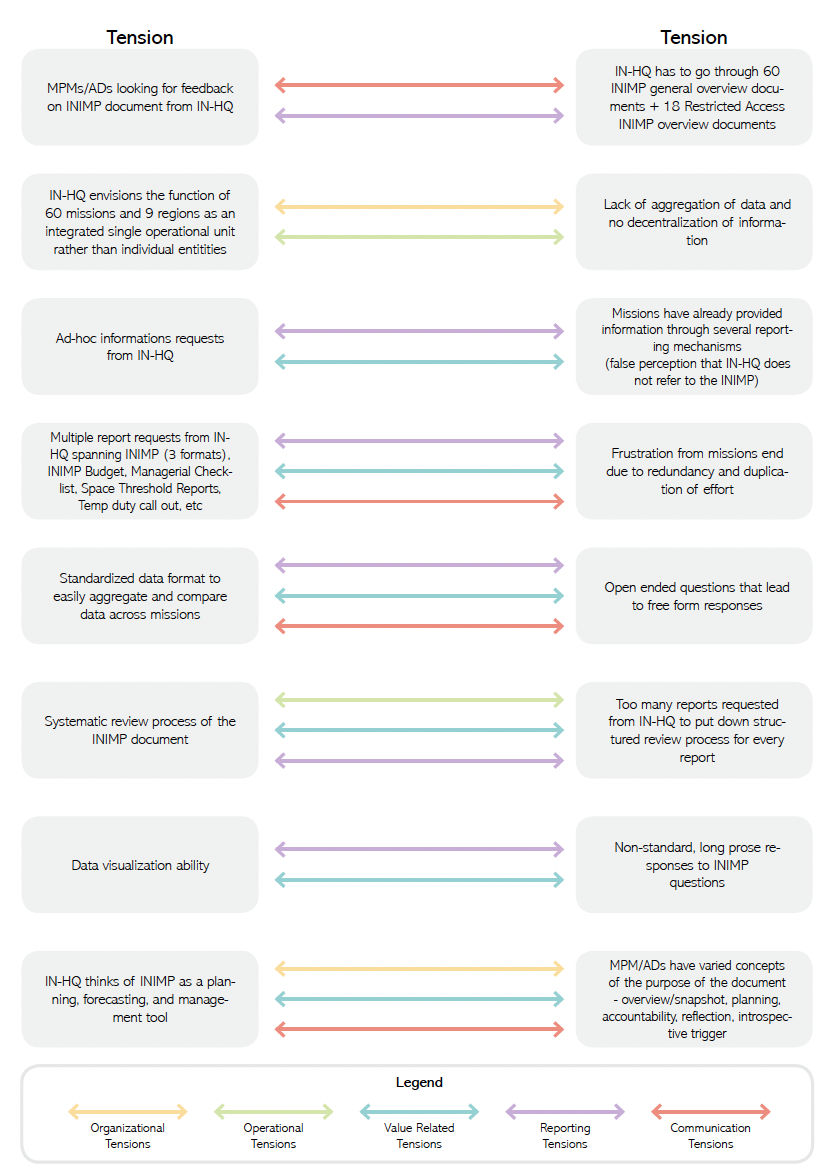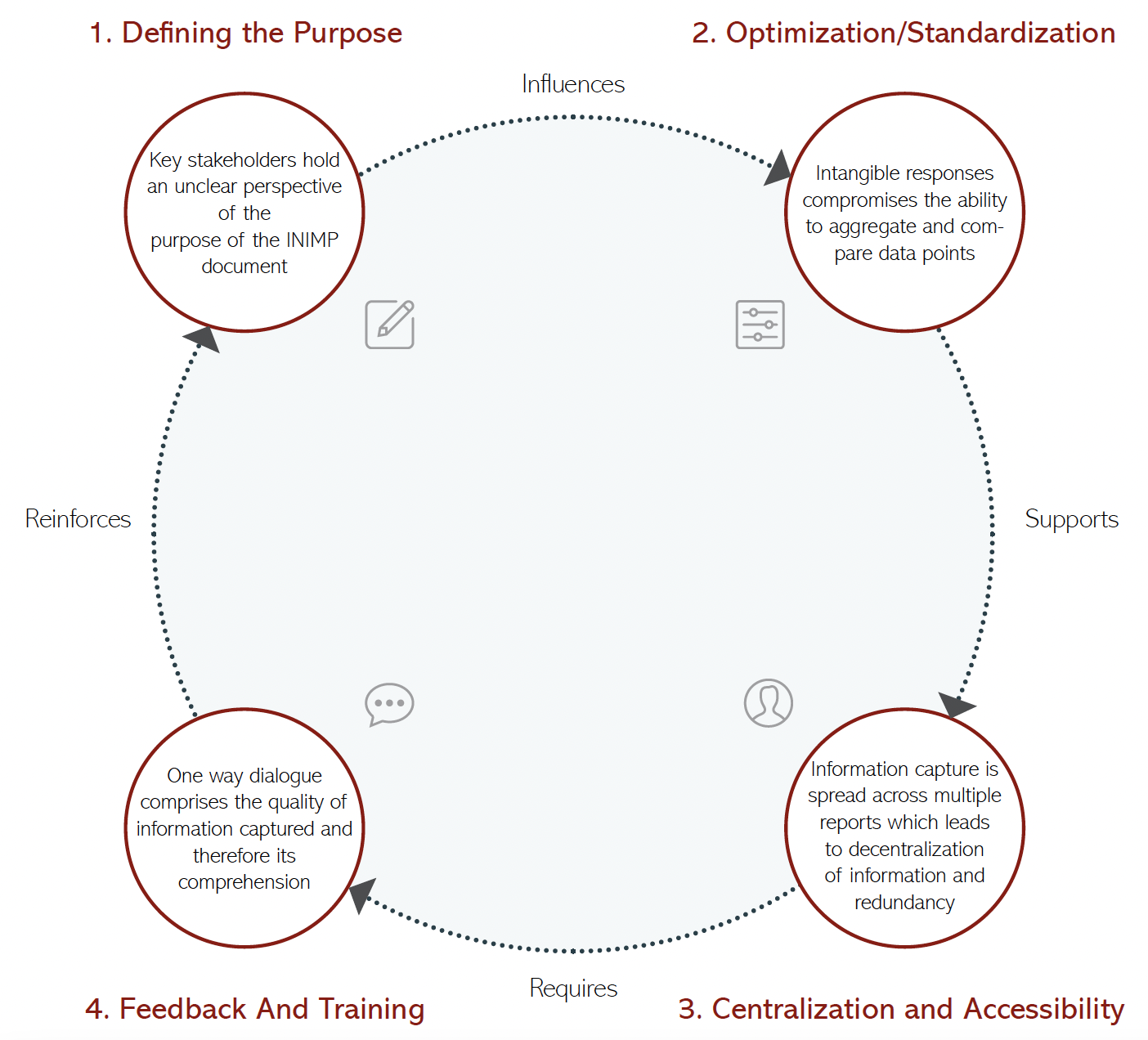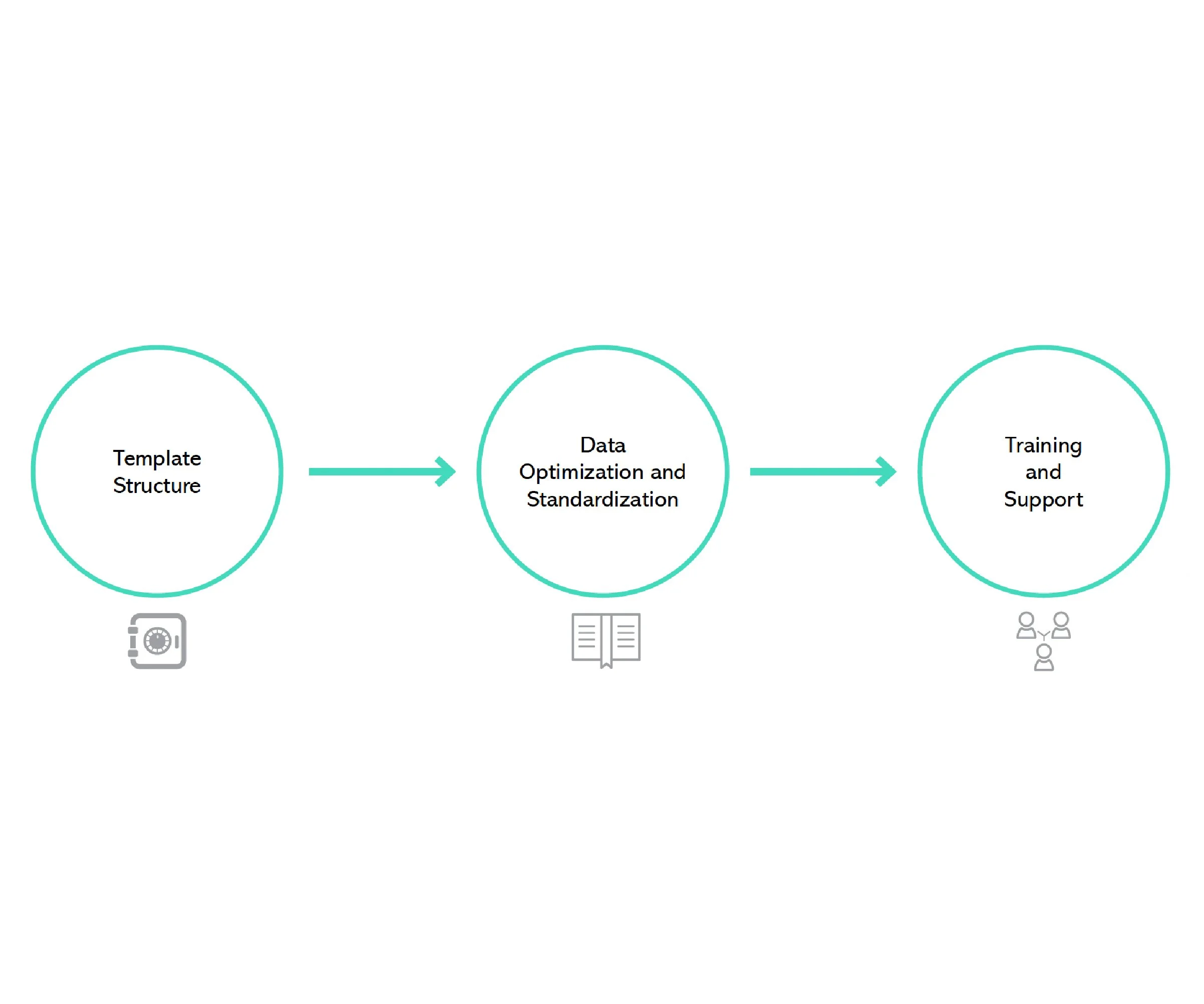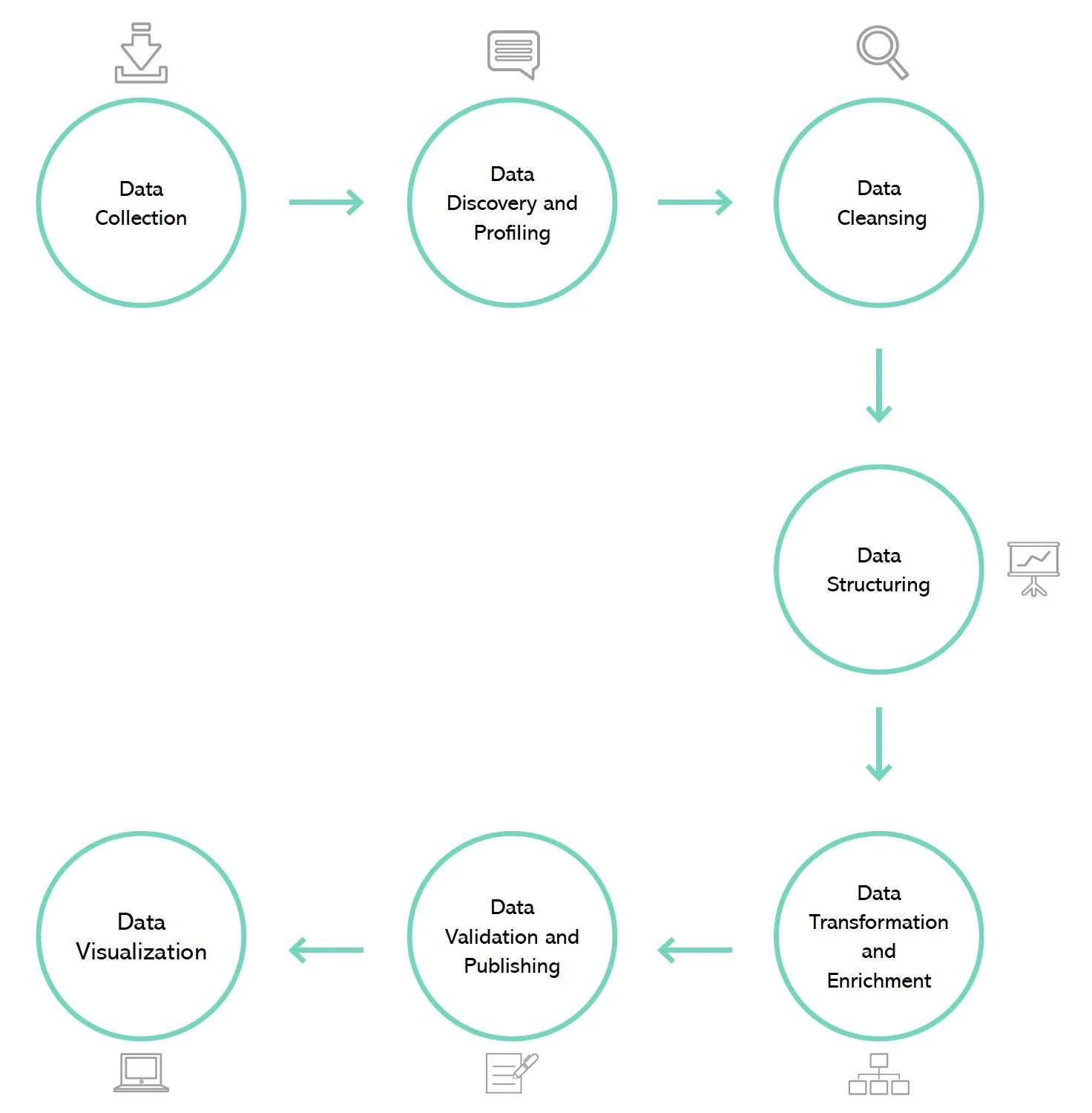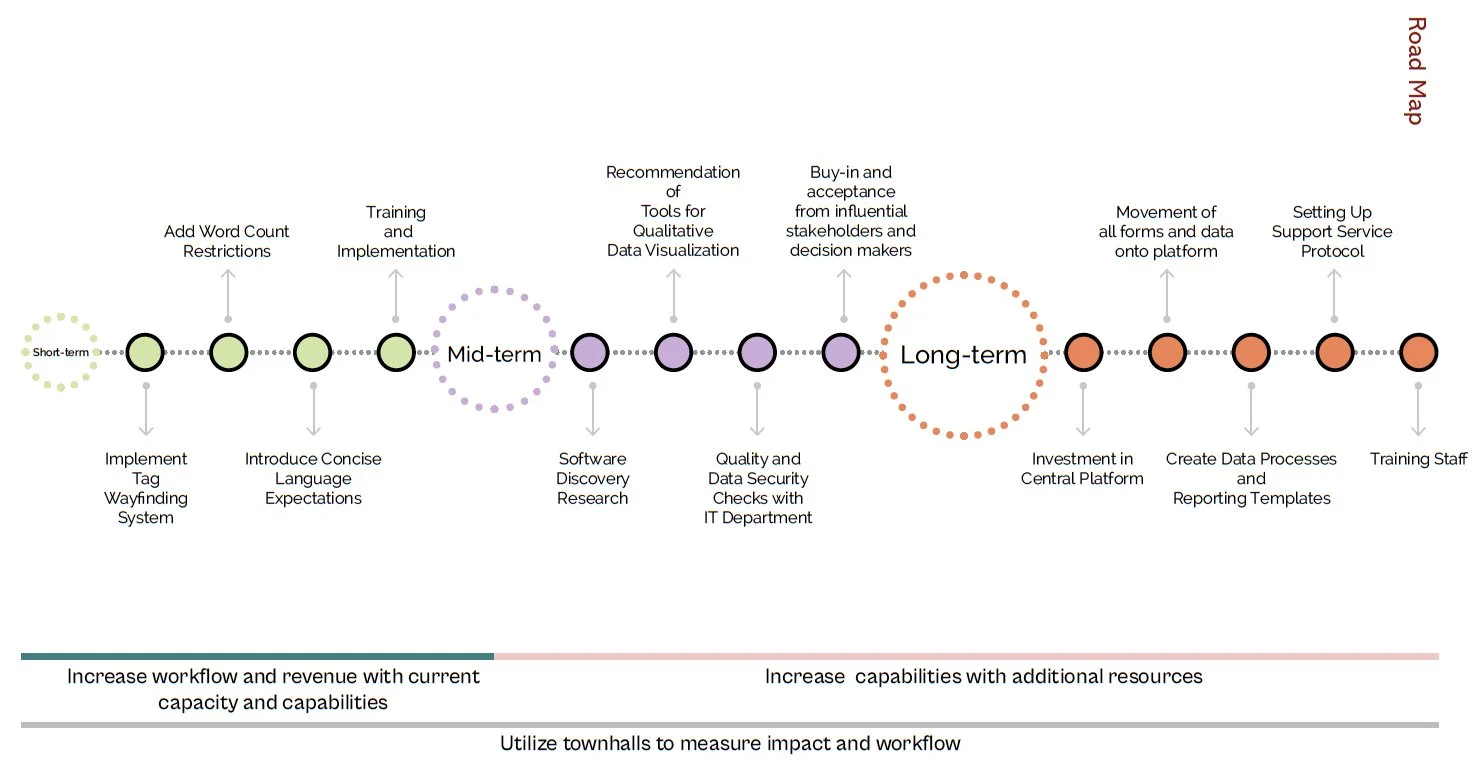Rethinking IRCC’s Migration Planning and Management Tool
A business innovation project to improve IRCC’s internal reporting, planning, and management tool (INIMP) through a human-centred design thinking process.
Problem
The INIMP tool is no longer serving its intended and designed purpose for planning and management of migration.
Solution
Two-phased innovation approach to improve the tool’s current state and transform it into an organization-wide operational management tool.
Impact
Positive influence on stakeholder relationships + building and strengthening cross-organizational functioning.
Context
As part of the Business Innovation Initiative at OCAD University, IRCC (Immigration, Refugees, and Citizenship Canada) approached us to reimagine the International Network’s Integrated Management Plan (INIMP) tool and increase its overall effectiveness and utility. The International Network (IN) is one of three processing units of IRCC, and is solely responsible for driving Canada’s migration agenda worldwide and advancing migration policy objectives. The INIMP is an annual planning, forecasting, and reporting tool/document used by 60 migration offices worldwide for the effective management of human, financial and material resources.
Objective
To analyze the INIMP tool, synthesize findings, and propose a way forward to the International Network’s Director General, Pemi Gill. The outcome of this project would also feed into the broader evolution of the International Network’s operations and its realignment.
Problem
Through initial project discovery, the project team determined that the INIMP was no longer serving its intended and designed purpose for planning and management. The current template version was not user friendly, and the data captured in the word processor format could not be easily extracted, manipulated nor synthesized into trends, similarities, and gaps.
Problem Statement
How do we modernize the INIMP to meet the needs of today and the future?
Challenges
The INIMP process is heavy and time consuming for both the International Network Headquarters and the 60 migration offices globally.
Unclear if the INIMP provides the International Network necessary information to aid decision making.
Difficulty in extracting meaningful data from the INIMP to aggregate and compare across various migration offices.
The INIMP is not being used at the International Headquarters the way it was designed to.
Research Process
The double-diamond design thinking framework was used to underpin our innovation research. The idea was to utilize a design process that is highly collaborative and requires complete understanding and integration between stakeholders and project team members. Our team conducted over 20 interviews with stakeholders from various departments across 9 countries to understand the use and application of the INIMP tool. A comprehensive thematic analysis identified three groups of stakeholders with their respective jobs, pains, and tensions. The value proposition and business model canvases were used to analyze the current state of the INIMP tool, uncover inconsistencies, and recognize value gaps.
Innovation Framework: Double-Diamond
INIMP Documents Reviewed: 30
Stakeholder Interviews: 20+
Countries: 9
Discover
— In-depth document review
— Stakeholder interviews
— Understanding system functions
— Journey Map
— Business modelling
— Value proposition canvas
Define
— Affinity Diagram
— Thematic Analysis
— Root-cause Identification
— Stakeholder Influence Matrix
Develop
— Visualizing Needs
— Tension Mapping
— Areas of Opportunity
— Brainstorming
Deliver:
— Logic Model
— Phased Innovation Plan
— Implementation Strategy
— Criteria for Success
Analysis
Several tensions were identified during stakeholder interviews regarding the INIMP tool, including inconsistencies in its perceived purpose, its ability to capture standardized responses, difficulties in aggregating and comparing data across offices, and a feeling of saturation with the number of reports and ad-hoc information requests from the IRCC headquarters. These tensions led to the identification of opportunity areas for intervention.
Synthesis
To address the pain points and enhance the effectiveness of the INIMP document, four key areas for opportunity were identified. These included defining the purpose, improving data accessibility and centralization, streamlining processes through optimization and standardization, and offering feedback and training. All of these opportunities are essential and interdependent, and a strategic implementation plan was required to balance the needs of stakeholders and achieve the objectives of the INIMP tool.
Solution
To create an impactful solution, our recommendations were designed to be strategic, actionable, and transformative. They would be implemented in three phases to ensure minimal disruption and maximum value along the way.
Recommendation 1
INIMP Current State Improvement (Adjacent Innovation Approach)
Aiming for short-term improvement, this recommendation utilizes existing processes and technology to enhance the INIMP document. The following steps would be taken:
INIMP Document Restructuring
A thorough analysis of the tool’s current format, relative to the stakeholders' needs and pains, will help identify its strengths and weaknesses. This will ensure all necessary information is captured without duplication, leading to faster and consistent document completion.
1.
Data Optimization and Standardization
Previous INIMP responses will be collated and sorted into a standardized format for efficient comparison and analysis. This standardization of data can help IRCC better use the INIMP tool for planning, forecasting, and reporting.
2.
Training and Support
Creating a guide or self-service resource will help end-users effectively use the INIMP document. This will increase adoption and buy-in from stakeholders, leading to better engagement.
3.
Recommendation 2
Data Management Platform (Transformative Innovation Approach)
After examining technological trends and shifts in data management ecosystems, our team reassessed the long-term purpose and evolution of the INIMP tool/document. This recommendation focussed on creating a long term solution for data capture and analysis and improve the organizational resilience of Canada’s migration and operational planning. The following steps would be taken:
Secure Cloud Infrastructure
A sovereign cloud infrastructure will store and process sensitive operational planning information in a centralized and secure manner.
1.
Business Intelligence Software
The cloud infrastructure will include data collection, management, and analysis tools for efficient and automated reporting and forecasting. Custom-built tools can help prioritize specific topic areas and enhance cross-mission collaboration.
2.
Training and Support
A comprehensive training program with ongoing support will improve the quality, accuracy, and consistency of data sets. The training will cover topics like data profiling, validation, consistency, integrity, enrichment, and maintenance, tailored to specific stakeholders, administrators, and professionals.
3.
Implementation Roadmap
As part of our recommendations, we also outlined an implementation roadmap:
Phase 1: Quick Fixes
Streamline the INIMP design for better usability and quicker analysis, for example, with a concise template, limited word count, tagging system, and direct responses.
Present a proof of concept to ADs, MPMs, and IN-HQ for review and approval.
Offer on-boarding and training to staff, and create a self-service guide to fill any gaps in training or knowledge.
Collect feedback from all levels of the organization to assess the success of the improved INIMP.
1.
Phase 2: Testing the waters
Investigate software options to use with the INIMP for long-term data management and visualization, such as Tableau.
Obtain a risk assessment and approval from IRCC for any proposed software.
Recommend manual tools for qualitative data visualization, such as mind maps, word clouds, and heat maps.
2.
Phase 3: Centralizing Data
Establish processes for data collection, storage, and analysis, such as asking questions at each stage of data preparation, storage, and distribution.
Invest in a reliable data governance solution to maintain compliance with policies and procedures.
Standardize data governance across the organization for consistent results across departments.
Provide training to employees on the data management system, either through external providers or the internal IT department.
3.

Criteria for Success
Short-term
To evaluate the immediate impact of the implementation, the accessibility, efficiency in data analysis, and usefulness in decision making at the International Network will be monitored. Feedback from key stakeholders, including ADs and IN-HQ, should be gathered to assess the effectiveness of the improvements made to the INIMP.
Mid-term
To determine the success of this phase, the adoption and approval of new software and data visualization tools by key stakeholders and their alignment with existing technology will need to be monitored.
Long-term
The success of the long-term goal of centralizing data will be determined by the seamless integration and widespread adoption of new software and data management capabilities within the International Network. The usage of these tools by key stakeholders in the reporting process will also be considered an important factor in measuring success.
Reflections
A major outcome of this project and research process was that the stakeholders felt like their voices were heard. This was clear in the feedback provided by the executives we presented our solution to. We involved the stakeholders in interim versions of our analysis and allowed them to see how their voices contributed to the whole. After delivering the solution, the team at IRCC’s International Network were able to quickly use the insights from our proposal to relaunch the INIMP tool within 6 months. Our areas of opportunity specifically acted as a sounding board to focus on the right strategic issues, as well as an accountability guide to evaluate the success of implementation.





